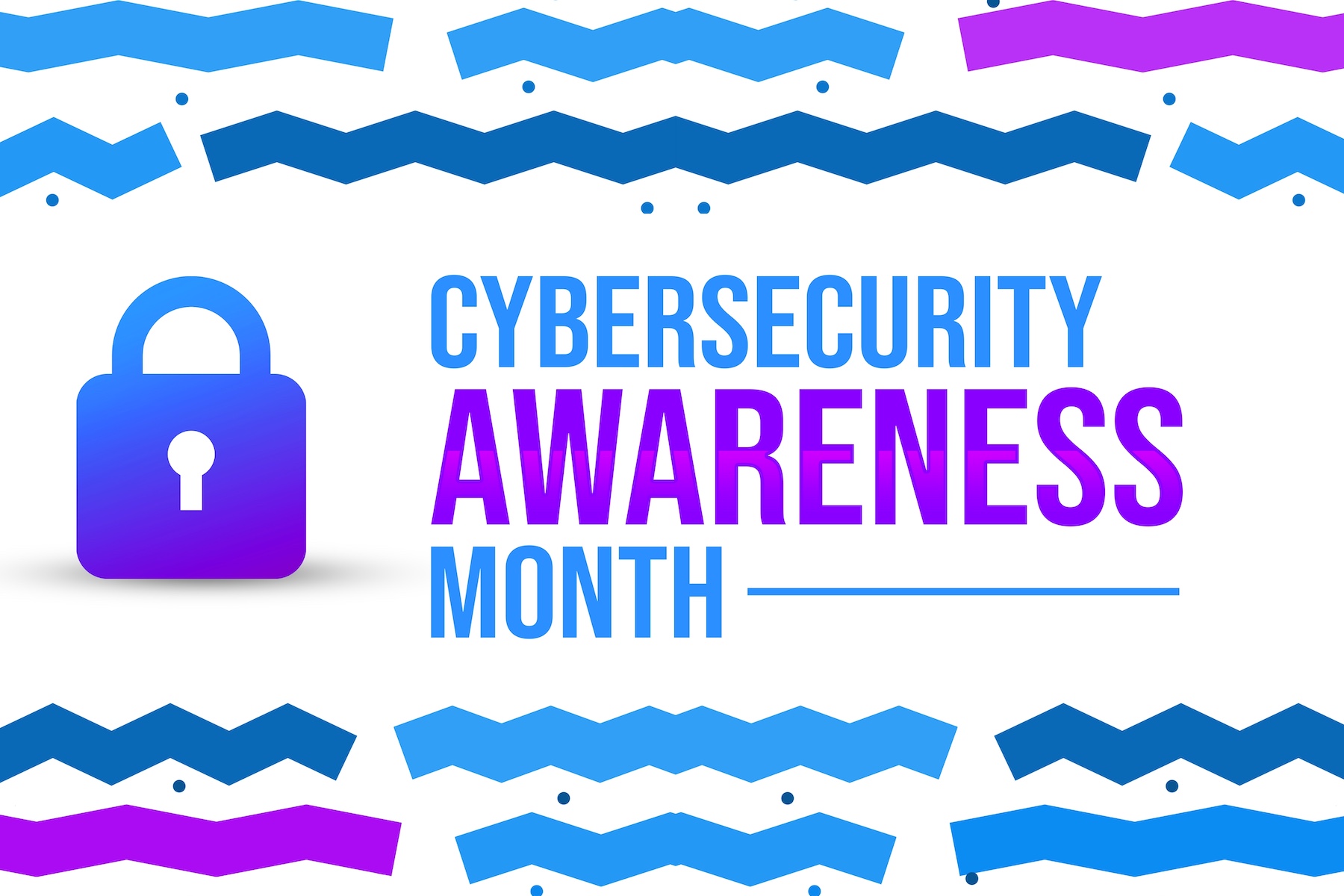2023 until now has seen record highs for ransomware attacks, ransom payments and data breaches in the healthcare industry. As attacks evolve, many hospitals are beginning to recognize that their aging infrastructure and IT systems are not sufficient protections for the well-being of their patients, facilities and finances.
We asked what recommendations would they give to IT teams on defending their healthcare ecosystems?
Luigi Leblanc, MPH, CPHIT, Vice President, Technology, Zane Networks
LinkedIn: Luigi Leblanc
As ransomware attacks surge, the question is no longer if but when. Resource-constrained regions—rural areas, underserved urban communities, and territories—are particularly vulnerable due to underfunded, outdated IT infrastructure. This creates significant inequities, as these regions often lack the resources to recover swiftly from breaches, leading to disruptions in care delivery, reduced service availability, and potentially significant revenue loss.
Zane Networks advises prioritizing investment in these areas, offering technical assistance, and training to build resilience. Transitioning from on-premises systems to more secure cloud-based solutions is essential, along with fostering a culture of cybersecurity awareness among staff. By doing so, healthcare organizations can better safeguard their systems, protect patient data, and ensure continuity of care even in challenging environments.

